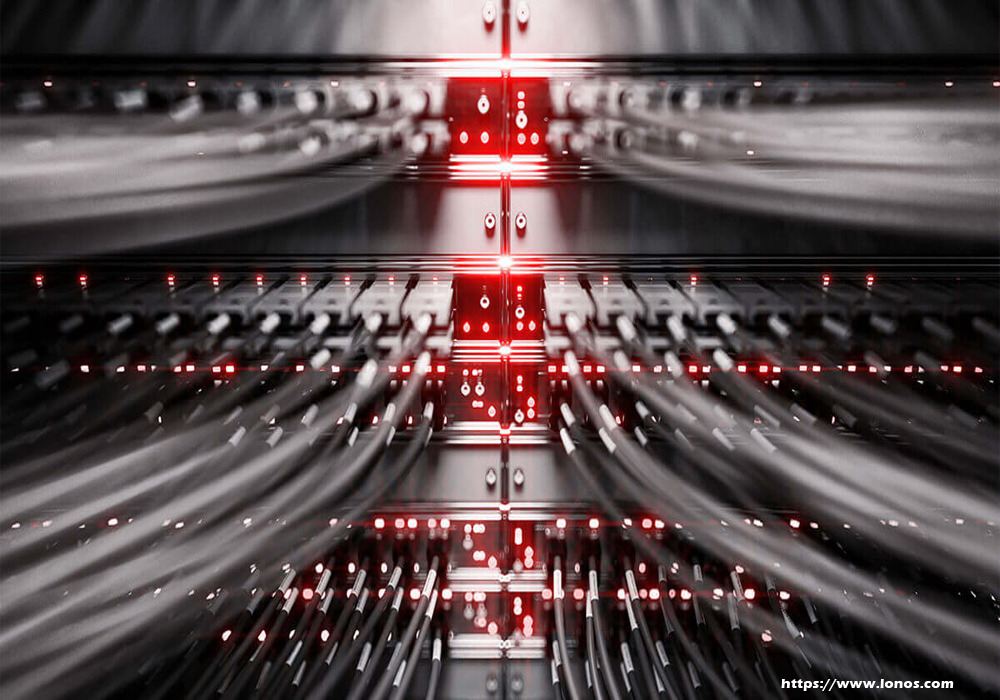Technology can be fairly daunting to understand, especially when the names and terms applied to it sound overly complicated. This article aims to break down the terms most commonly used when referring to ‘Ethernet’ and provide simple explanations and overviews.
LAN & WAN
LAN stands for Local Area Network. This is the name given when a group of computers that are in close proximity have network connectivity. It means that the users of the computers can share resources with each other without having to resort to email or using a USB stick to transfer them. A LAN can also be used to connect to a printer or to share internet access between computers.
A WAN is a Wide Area Network. Unlike a LAN, where the computers have to be fairly close to each other, with a WAN the computers can be on the other side of the globe. A WAN is made up of several major LANs connected together – a router then connects the LANs to a WAN. The biggest and most foremost example of a WAN would be the Internet.
PROTOCOL
A protocol is a standard or a rule that applies to the way computers and the technology associated with them work. As so many people across the world have completely different computer systems it makes sense to have protocols that ‘govern’ how computers transmit, transfer and use data. If we did not use protocols the majority of computers would not be able to communicate with each other. A protocol that you may have come across is ‘HTTP’ – this protocol determines how data and information are interpreted and displayed as web pages in a browser.
KBPS/MBPS/GBPS
These abbreviations refer to the speed of a network connection that is measured in ‘bits per second’. Kbps stands for ‘kilobits per second’ – a kilobit is a thousand bits. Mbps is the abbreviation for ‘megabits per second’ where a megabit is one thousand kilobits. The highest speeds will be measured in gbps or ‘gigabits per second’. A gigabit is one thousand megabits.
ETHERNET
Ethernet is a way of connecting computers to form a LAN. It uses protocols to control the way the data is handled and transmitted. It is the most widely used LAN technology today and can be used by almost every computer. It was designed by Robert Metcalfe at the Xerox Corporation’s Palo Alto Research Centre (or PARC) in the 1970s. It was named for the light transmitting ‘ether’ that was believed to carry light throughout the universe.
This LAN technology uses wires and originally could go up to speeds of 10mbps. Thanks to modern technology we can now access gigabit speeds. This is called ‘fast Ethernet’. Using Ethernet connections means that established LANs can expand when new devices connect without having to modify or change the existing network or the computers already connected to it.
NETWORK ADAPTER
If you want to connect your computer to a network you must have a network card (built-in to your computer) or network adapter (external) installed in order to do so. Having a network adapter or card installed means that your computer can communicate with the network router and connect to a network or to the internet. Network adapters can be used for wired and wireless networks.
ETHERNET CARD
An Ethernet card, therefore, is a type of network card. It is called an Ethernet card because it supports Ethernet connections. Originally Ethernet cards could only go up to 10Mbps but now have been developed to support the faster modern Ethernet speeds.
ETHERNET PORT
An Ethernet Port is the place on your computer that you plug an Ethernet cable into. Sometimes they are called ‘jacks’ or ‘sockets’. Ethernet is so widespread that the majority of computers nowadays have a built-in Ethernet port. The port is connected to the internal Ethernet card which in turn will allow your computer to communicate with the network router. Many other electronics now have built-in Ethernet ports, for example, games consoles and some televisions.
ETHERNET SWITCH
An Ethernet switch is the device that ‘manages’ the network. It makes sure that the data from one computer goes where it needs to go. Many people have explained an Ethernet switch in terms of a policeman directing traffic or a telephone operator taking calls and connecting them. The Ethernet switch also makes sure that all the computers and devices on the network can run at full capacity without impacting or slowing down any of the other machines that are connected. It manages the traffic flow and sends it where it needs to go.











